The US National Aeronautics and Space Administration (NASA) is accelerating plans to build a 100-kilowatt nuclear power plant on the Moon, under new direction from acting Director Sean Duffy.
The plan revives a decades-old dream of deploying nuclear power in space, a move that could open up new capabilities for the United States while challenging legal rules governing the use of extraterrestrial resources and environments.
“I think whoever gets there first could declare a no-go zone. That would significantly limit the ability of the United States to establish a presence on the moon under the Artemis program if we don’t get there first,” Duffy said, referring to NASA’s Artemis program, which aims to return Americans to the moon in the coming years.
The new guidance outlines a five-year plan to design, launch, and install a 100-kilowatt (kW) reactor at the Moon’s south pole. The NASA program will work with commercial partners.
For comparison, 100 kW is enough to power about 80 American homes. While small, that would be a huge increase in power compared to the basic nuclear generators that power Mars probes and other space vehicles. These reactors generate just a few hundred watts, about the same as a toaster or a powerful halogen light bulb.
The impact of the new project “will be groundbreaking, not just for the Moon but for the entire solar system,” said Bhavya Lal, former acting director of NASA’s policy and technology division. Placing a nuclear reactor on the Moon would allow the space industry to “design space systems based on what we want to do, rather than being limited by the amount of power we have.”
Is it possible to build a reactor in 2030?
Building a nuclear power plant on the Moon in less than a decade is a daunting task, but many experts believe it is possible.
“Four and a half years is an extremely tight timeframe but the technology is there,” said Professor Simon Middleburgh, co-director of the Nuclear Energy Futures Institute at Bangor University in the UK.
The biggest obstacle so far has not been technology, but the lack of a real need for an off-Earth reactor. And there has been enough political momentum to push the plan forward. Now, that is changing.
“We’ve invested over 60 years, spent tens of billions of dollars, but the last time the United States launched a reactor into space was in 1965,” Lal said, referring to the SNAP-10A mission that launched the first nuclear reactor into space. “The big turning point came last year, when for the first time in history, NASA chose nuclear power as the surface power technology for manned missions to Mars.”
“The policy is now clear,” she added. “The important thing is that the private sector not only wants to use nuclear power in space, but also wants to provide it.” Major aerospace companies such as Boeing and Lockheed Martin, as well as startups, are currently researching the applications of nuclear power beyond Earth, she said.
The Artemis program is designed to lay the groundwork for a permanent base at the lunar south pole and develop the technology to send humans to Mars. Either way, manned missions to an environment as harsh as the moon will require a steady and reliable source of power. “The gravity and temperature variations on the moon are extreme. It’s 100°C during the day, and almost absolute zero at night. All electronics have to be radiation-resistant,” Lal said.
Meanwhile, China also plans to build a base on the Moon’s south pole. The superpowers are eyeing the region because it is rich in resources and ice, which could support exploration and permanent settlement. China is in talks with Russia about building a reactor on the Moon’s south pole by 2035, prompting NASA, the Department of Defense , and the Department of Energy to join the race.
How the project works
Duffy's directive did not reveal many details about the design or size of the proposed reactor, and it is unclear what ideas will emerge in the coming months.
“To advance America’s competitiveness and leadership on the lunar surface under the Artemis program, NASA is rapidly developing surface fission technology,” Bethany Stevens, NASA press secretary in Washington, wrote in an email to Wired. NASA will appoint a new program manager to lead the project and will issue a request for proposals to companies within 60 days. NASA will also release more details in the coming days.”
The new guidance reflects the findings of a recent report on nuclear power in space co-authored by Lal and aerospace engineer Roger Myers, which outlined a “Go Big or Go Home” plan that aims to build a 100-kilowatt reactor on the Moon by 2030.
The 100-kW design is “the equivalent of sending two adult African elephants and a basketball-court-sized folding umbrella into space,” Lal said. The difference is that “these elephants radiate heat, and the umbrella is not there to block the sun, but to dissipate the heat into space.”
NASA may have been inspired by the Surface Fission Project, which began in 2020 with the goal of building a 40 kW reactor that could be deployed autonomously on the Moon. While it is not yet clear which company will win the contract to build the 100 kW reactor, the 40 kW version has attracted the participation of many units, including Aerojet Rocketdyne, Boeing, Lockheed Martin. The forces also include nuclear companies BWXT, Westinghouse, X-Energy, engineering company Creare, and space technology companies Intuitive Machines and Maxar.
In the 40kW project, the participating companies have not yet met the maximum mass requirement of 6 tons. However, Duffy's new guidance assumes that the reactor will be transported by a heavy-lift landing ship capable of carrying up to 15 tons of cargo.
The 100 kW reactor, uranium fuel, cooling system and other components could be transported to the Moon via multiple launches and landings. The plant could be located in a meteorite impact crater, or even below the Moon’s surface to avoid contamination in the event of an accident.
“Operating a furnace on the moon would be technically challenging,” aerospace engineer Carlo Giovanni Ferro of the Polytechnic University of Turin in Italy told Wired. “Since the moon has no atmosphere, you can’t rely on air currents like on Earth to dissipate heat.”
In addition, the Moon's gravity, which is only one-sixth that of Earth's, will also affect fluid dynamics and heat transfer, while the regolith (dust and debris covering the Moon's surface) could interfere with cooling systems and other components. Overall, he said, NASA's plan is feasible, but still very ambitious.
Risks and Benefits
All nuclear technology requires stringent safety regulations. The requirements are even higher for systems that are launched beyond Earth and landed in an alien environment.
According to experts, the best option is not to find solutions to every potential problem that may arise. Instead, we need to address the question of whether the problem can be avoided from the design stage.
Deploying a nuclear reactor on the Moon, whether by NASA, China or anyone else, would have to meet high standards at every stage. For example, the uranium fuel would likely be encased in a hard protective layer to prevent leakage if the booster rocket malfunctioned.
In addition to solid safety strategies, the race to put nuclear power on the Moon will set new precedents for space law and policy. Any nation or organization that gets there first will likely establish “no-go zones” for safety and security reasons. These zones can be several square kilometers in size, thereby preventing competitors from getting close.
Nuclear power in space has been a dream for generations. But now experts believe its time has come. If nuclear reactors become common beyond Earth, humanity’s ability to explore and exploit space will be greatly enhanced.
“With that kind of power, we can create permanent surface infrastructure on the Moon and Mars. We can run resource extraction systems to get oxygen, water, fuel for human habitation, not just to survive but to live comfortably,” Lal said. “We can do science at scale, without having to shrink our instruments for power, from radar to seismometer. That’s the foundation for opening the door to the solar system. And that’s what really excites me.”
The first nation to successfully place a reactor on the Moon will have a major influence in shaping the future, and potential competitors are all speeding up. So the new space race is not about who gets to the Moon first, but actually who can stay longer./.
Source: https://www.vietnamplus.vn/vi-sao-my-muon-xay-dung-lo-phan-ung-hat-nhan-tren-mat-trang-post1053975.vnp




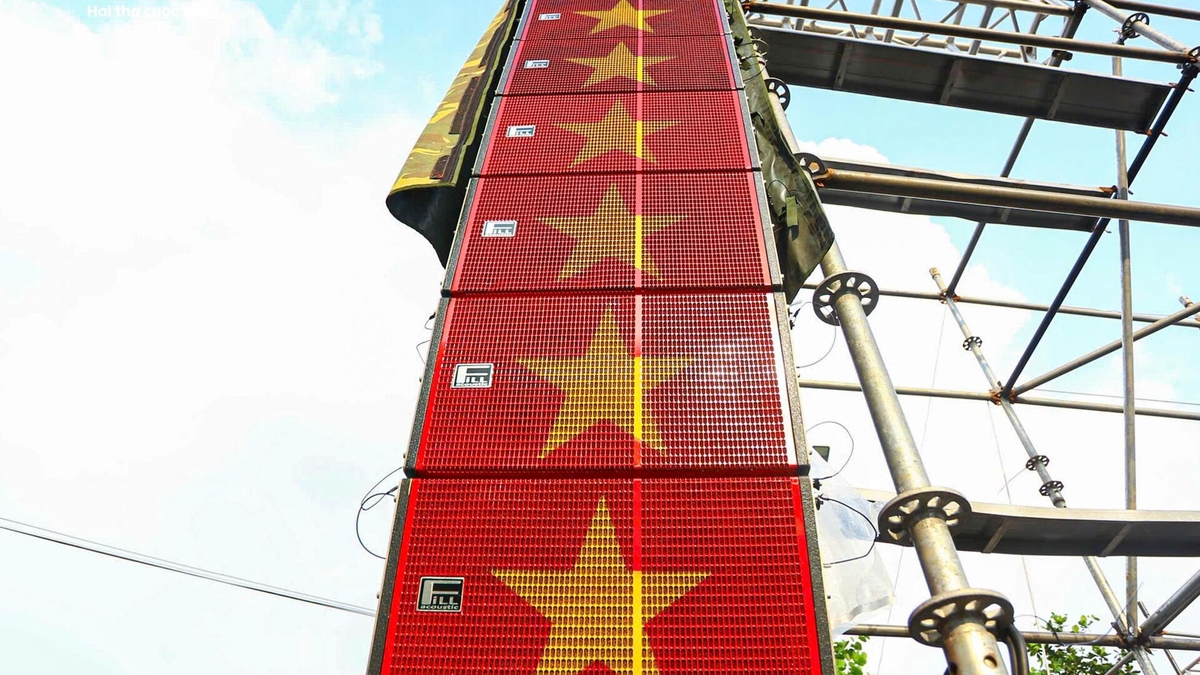











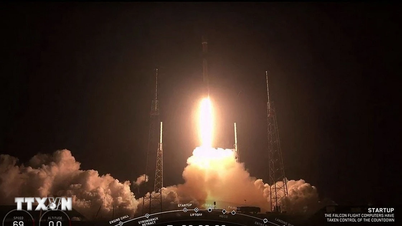
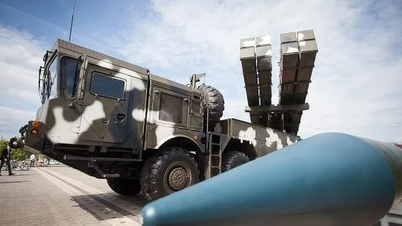











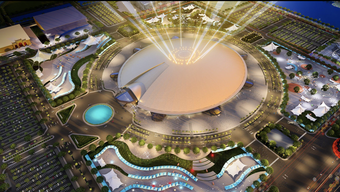



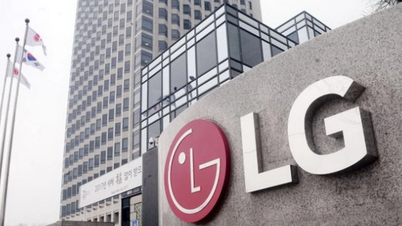









































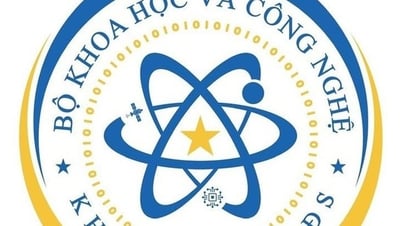


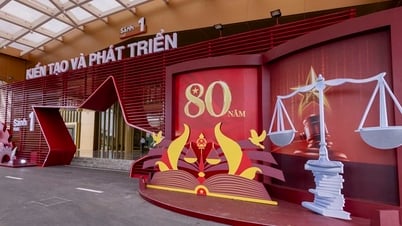










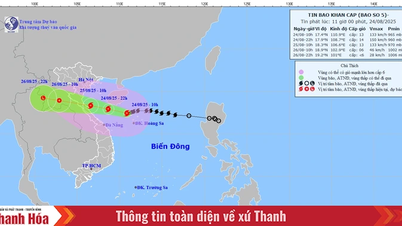

















Comment (0)